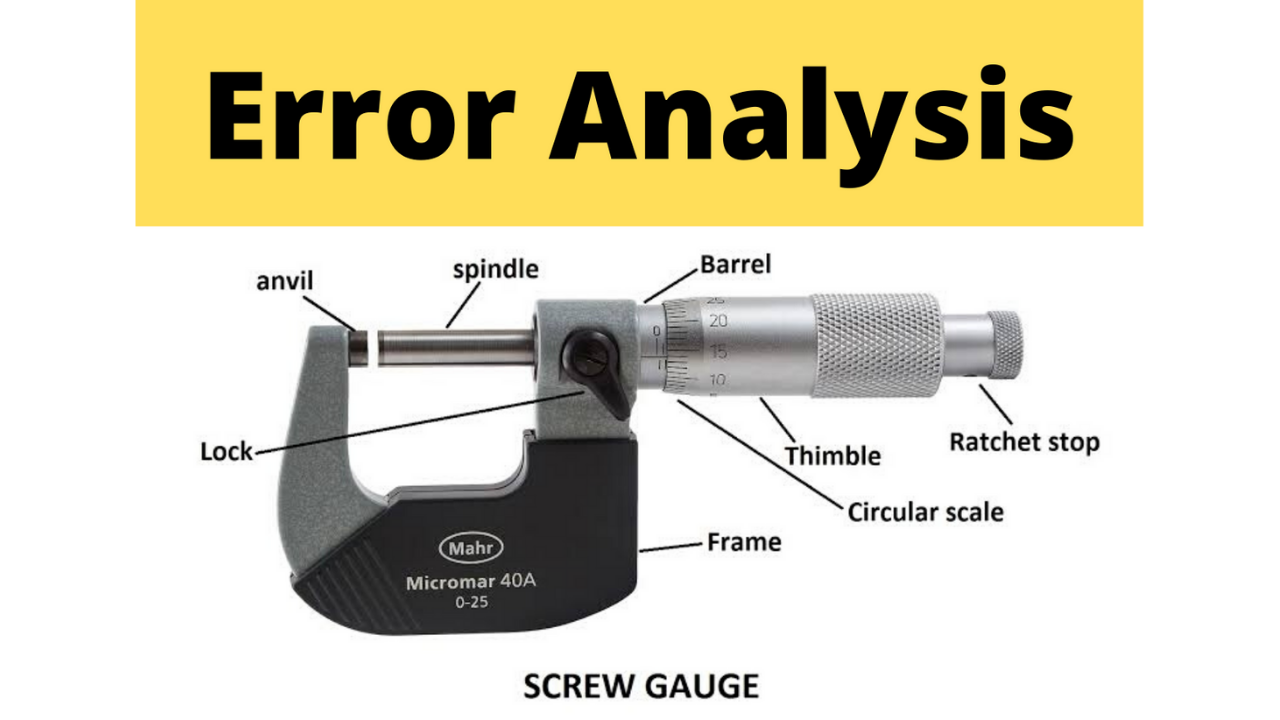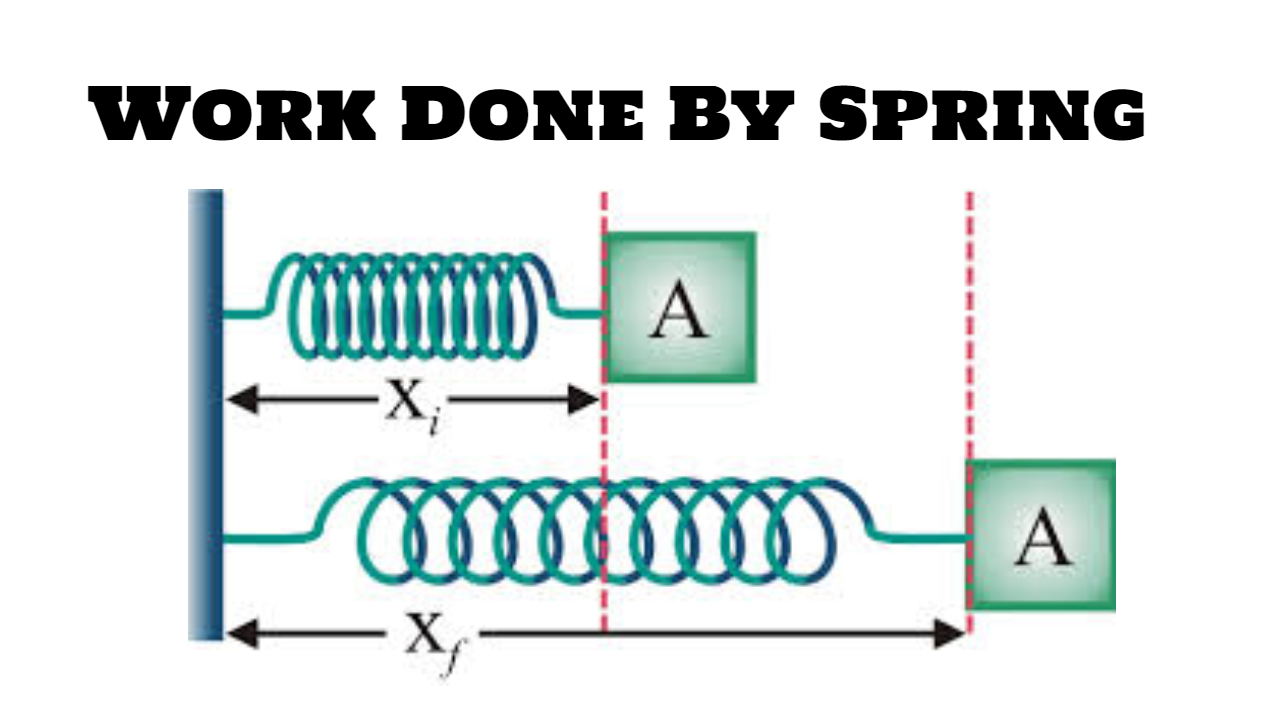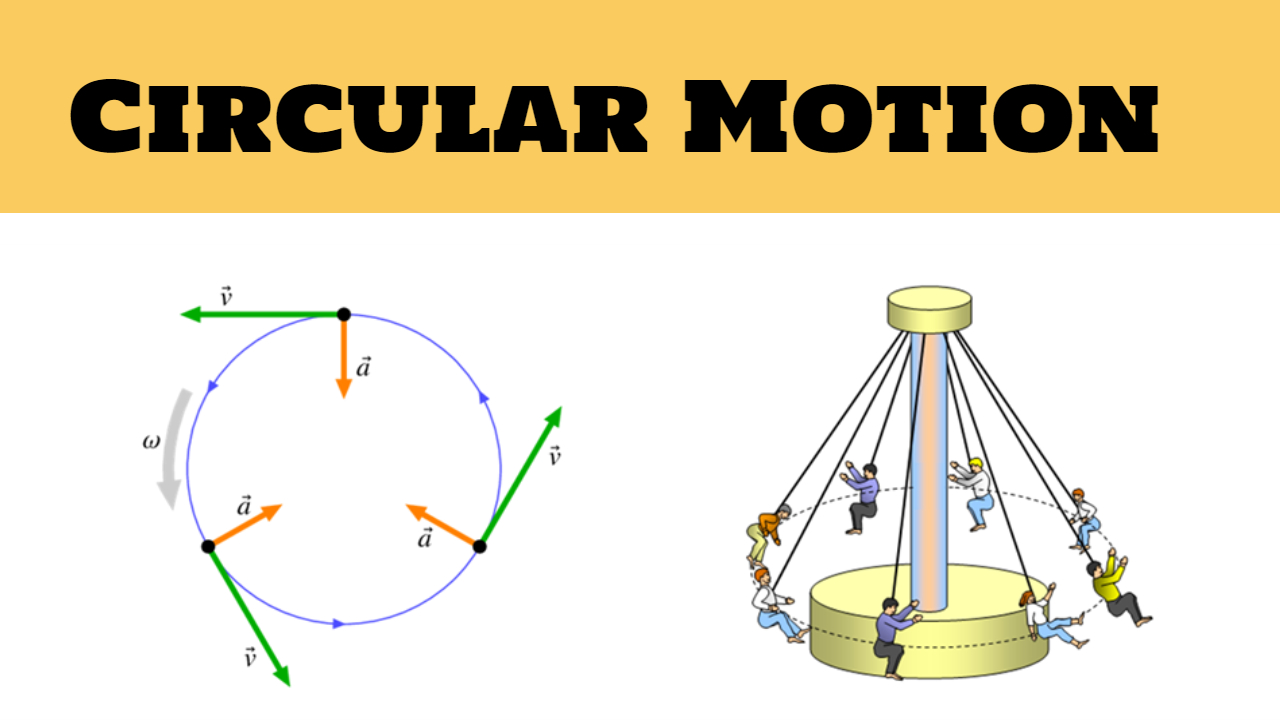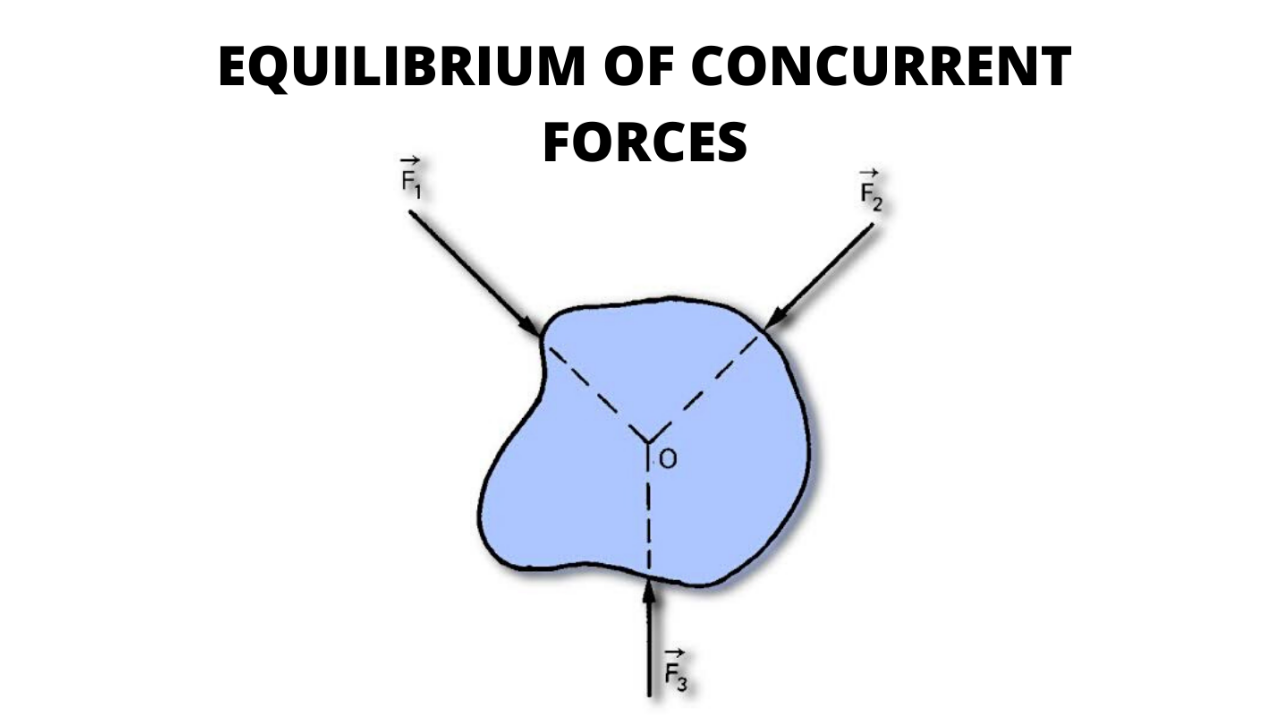Error Analysis In Physics | Percentage Error | Error In Measurement

ERROR ANALYSIS
The measured value is always somewhat different from the true value that different is called errors. These are the following errors generated in measurement.
-
Systematic errors
-
Random errors
-
Absolute errors
-
Mean absolute errors
-
Relative errors
-
Percentage errors
Systematic error
The cause of this error is unknown so it can be minimized not completely removed the causes are instrumental errors, ignoring certain facts, change in temperature, change in pressure, etc.
Random error
- Causes of these errors are not known it’s not possible to remove these types of error.
- Generated due to the vibration of the building in which a person moving also due to the running of a vehicle nearby.
- The random errors can be minimized by repeating the observation a large number of times and taking the arithmetic mean of all the observations.
\(a_{mean}=\dfrac {a_{1}+a_{2}+ – – – +a_{n}}{n}\)
Absolute error
The difference between the true value and the measured value is called the absolute error. To find the absolute error we consider Arithmetic mean is equal to the true value, so
\(\Delta a_{1}=a_{mean}-a_{1}\)
\(\Delta a_{2}=a_{mean}-a_{2}\)
– – – – – – – – – – –
\(\Delta a_{n}=a_{mean}-a_{n}\)
Mean absolute error
\(\Delta a_{mean}=\dfrac {|\Delta a_{1}|+|\Delta a_{2}|+ – – +|\Delta a_{n}|}{n}\)
The final result of measurement can be written as :-
\(a=a_{m}\pm \Delta a_{mean}\)
This implies that the value of “a” is likely to be Lie between
\(a_{m}+a_{mean} and a_{m}-a_{mean}\).
Relative error
\(Relative or fraction error=\dfrac {\Delta a_{mean}}{a_{m}}\)
Percentage error
\( Percentage error = Relative error*100\)
ie
\(\% E_{rror}=\dfrac {\Delta a_{mean}}{a_{m}}X100\)



